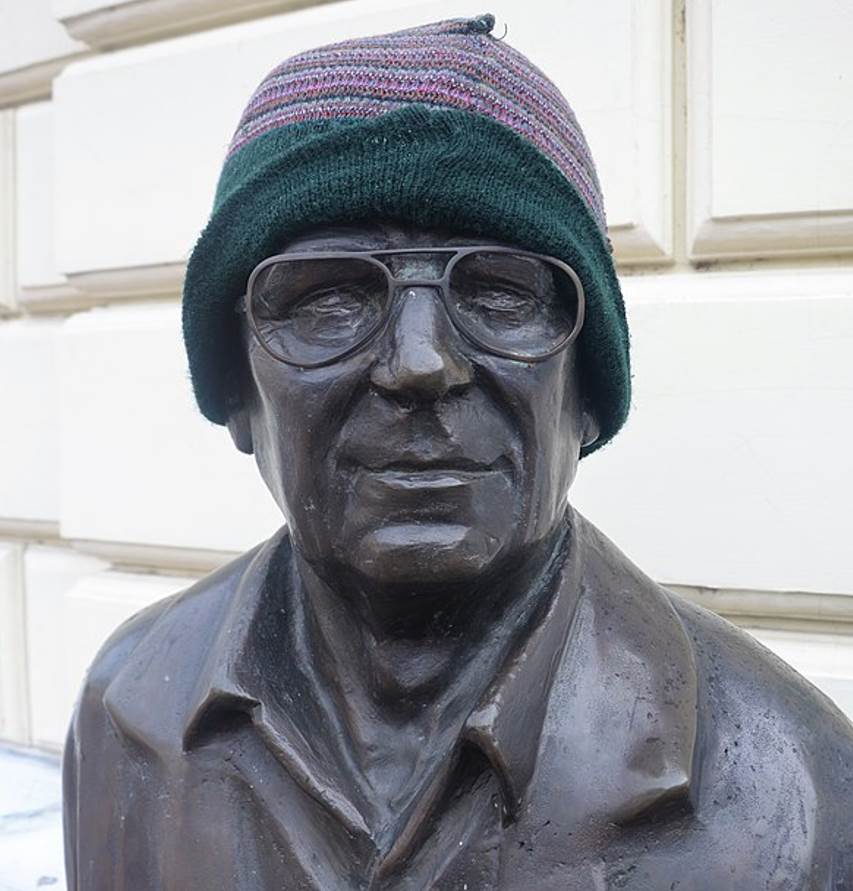Because Poland is a large country in Central Europe, it has been influenced by a large number of European art movements over the centuries.
Art that was distinctively Polish in nature was established in the 19th century with a remarkable mix of folklore, history, and realism.
Realism and history painting, especially the Kraków school, remained popular throughout the 19th century. At the end of the century, Młoda Polska, or “Young Poland”, emerged, a spinoff of Art Nouveau.
This revolutionary art movement sparked a renewed interest in art in Poland and the result was that many Avant-Garde artists emerged.
In line with the previous centuries, many were influenced by other popular European art movements, including Cubism and Surrealism.
Let’s check out some of the most famous Polish painters in history.
1. Daniel Schultz
Daniel Schultz (1618-1683) is also known as Daniel Schultz the Younger. He was a Baroque artist who was active during the Polish–Lithuanian Commonwealth, one of the most populous nations in the 16th and 17th centuries. He can be described as the most renowned Polish portraitist of his time.
That’s because he mainly focused on portraits of wealthy patrons, including members of both the Polish and Lithuanian nobility, as well as members of the royal family. When he didn’t paint noblemen and noblewomen in their fashionable attires, he depicted them during the hunt.
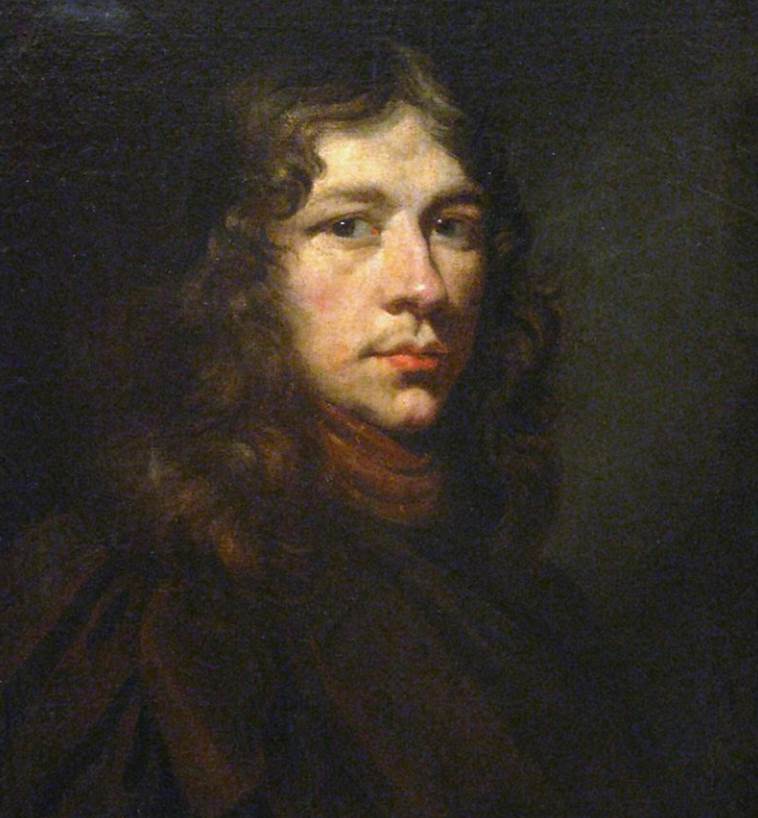
2. Piotr Michałowski
Piotr Michałowski (1800-1855) was the leading artist in Poland during the Romantic era. Some of his most notable works feature horses, a type of subject he extensively studied. When he was forced to move to Paris to avoid the Polish-Russian War, he fled to Paris where he continued his career.
He was able to admire the works of some of the most famous artists in history in the French capital ad was heavily influenced by Rembrandt and Diego Velázquez. He moved back to Poland in 1835 and produced several monumental battle paintings during the final decades of his life.
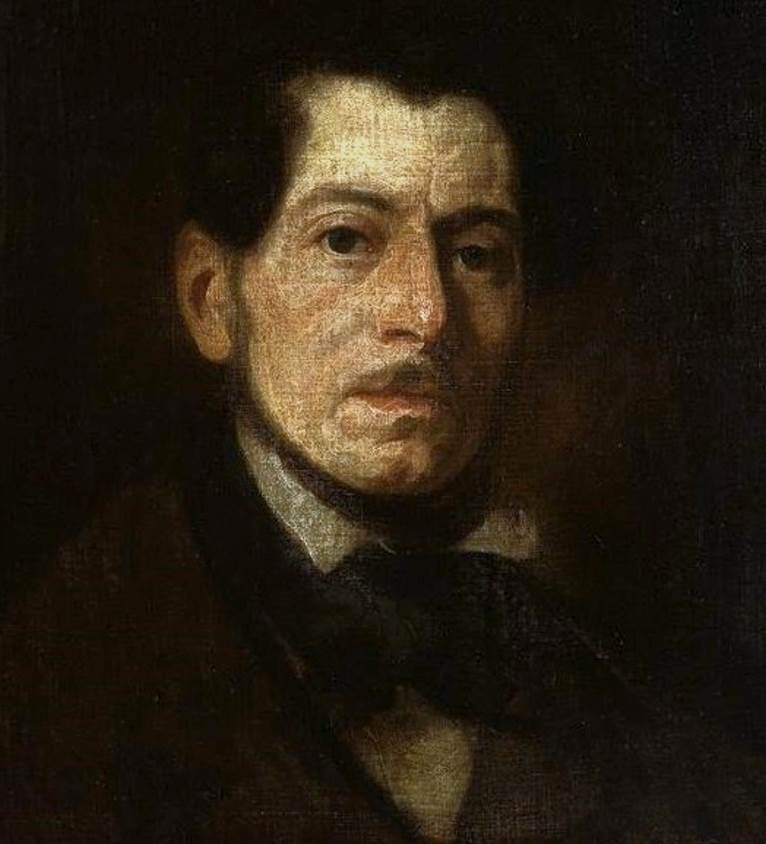
3. Jan Matejko
Jan Matejko (1838-1893) was the leading history painter in Poland in the 19th century. That’s because he produced several monumental paintings that depict important moments in Polish history, including “The Union of Lublin” (1869) and “The Battle of Grunwald” (1878) to name just a few.
He was born in the Free City of Kraków and spent most of his life living and working in the city. The fame during his lifetime continued after he passed away. He is sometimes referred to as the most famous painter of Poland and the “National Painter of Poland.”
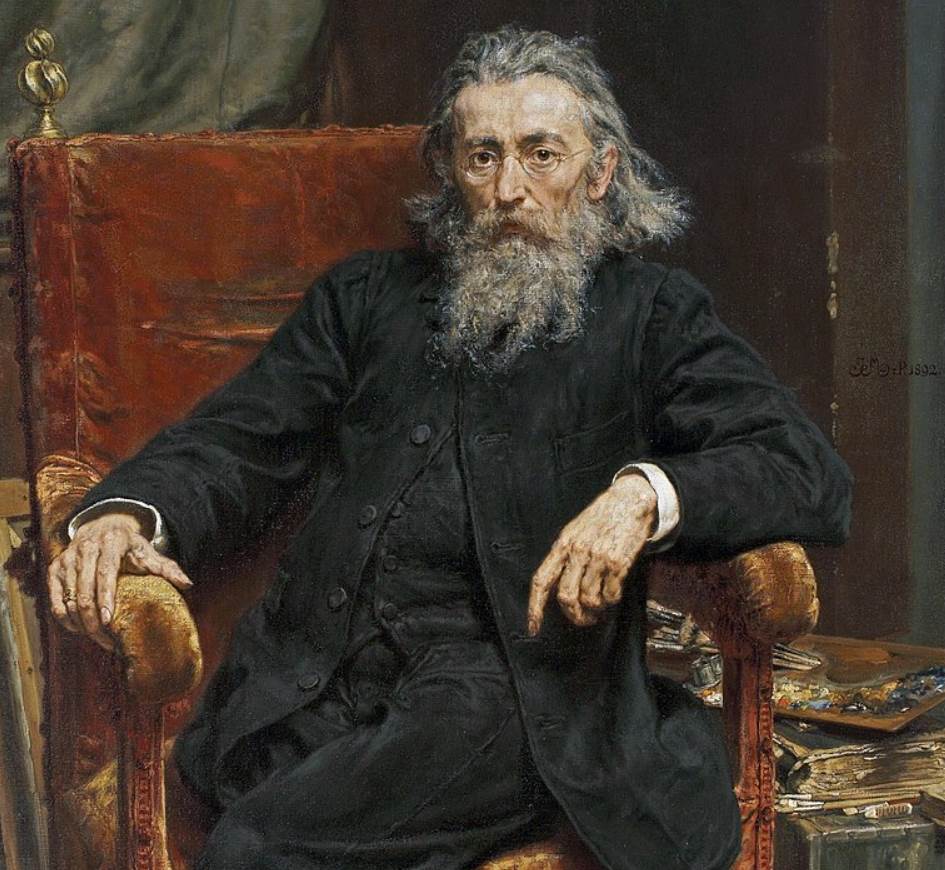
4. Józef Chełmoński
Józef Chełmoński (1849-1914) was the leading Realism artist in Poland of the 19th century. He produced some of the most distinctive paintings in Polish history, several of which are monumental in size. They are on display at both the Kraków Cloth Hall on Main Square and the National Museum in Warsaw.
His paintings are defined by elements that refer to his homeland of Poland. These are both natural elements and cultural features. That’s why his artworks are often referred to as ultimate representations of “Polish Patriotic Painting.”
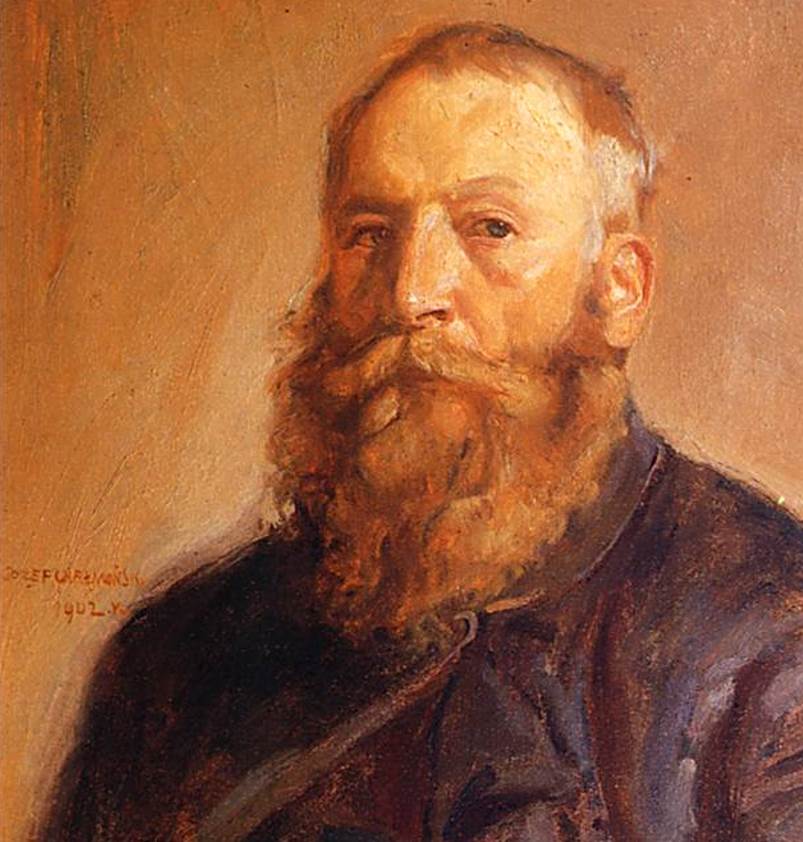
5. Wojciech Gerson
Wojciech Gerson (1831-1901) was another leading academic painter who combined his career with being a Professor at the School of Fine Arts in Warsaw. He learned the trade by studying art in both Saint Petersburg, Russia, and Paris, France during the 1850s.
During his time at the School of Fine Arts in Warsaw, he became the teacher of many Avant-Garde artists, including the founding members of the Young Poland art movement. His style was a blend of Neoclassicism and Realism and often focused on historical subjects.
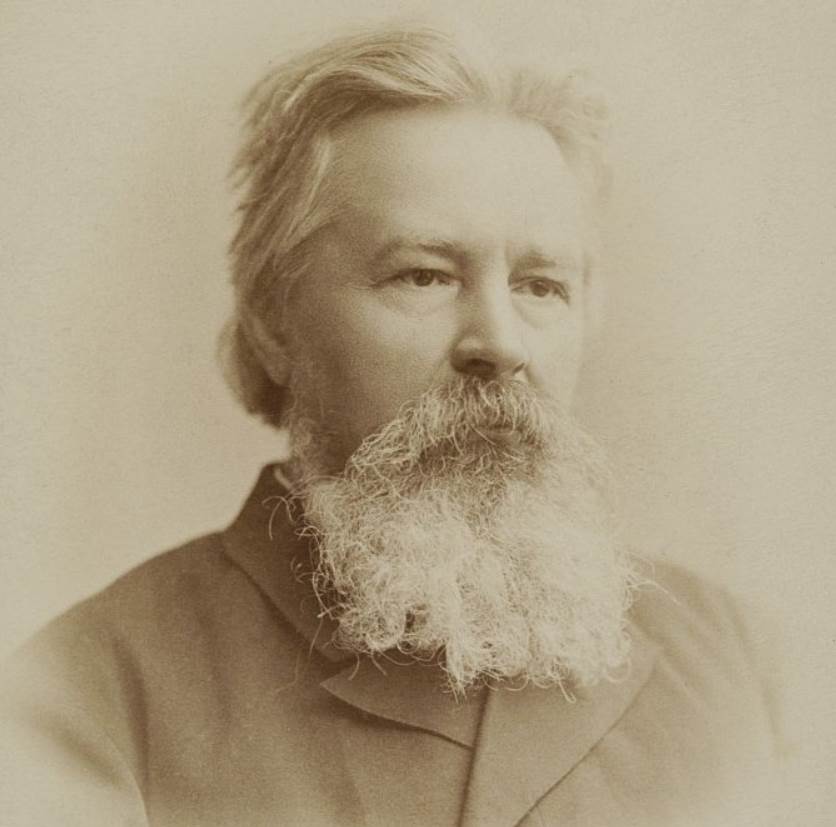
6. Jacek Malczewski
Jacek Malczewski (1854-1929) was one of the most notable members of Young Poland, an art movement that emerged in the aftermath of a century-long period of Partitions in Poland. He was a Symbolist painter who was incredibly creative in his approach to art.
His main topics were the Independence of Poland and everything that was related to this newly found era in the history of his country. Some of his most famous paintings are incredible works titled “Vicious Circle” (1895–97), and “Melancholia” (1890–1894), both ultimate masterpieces of Polish art.
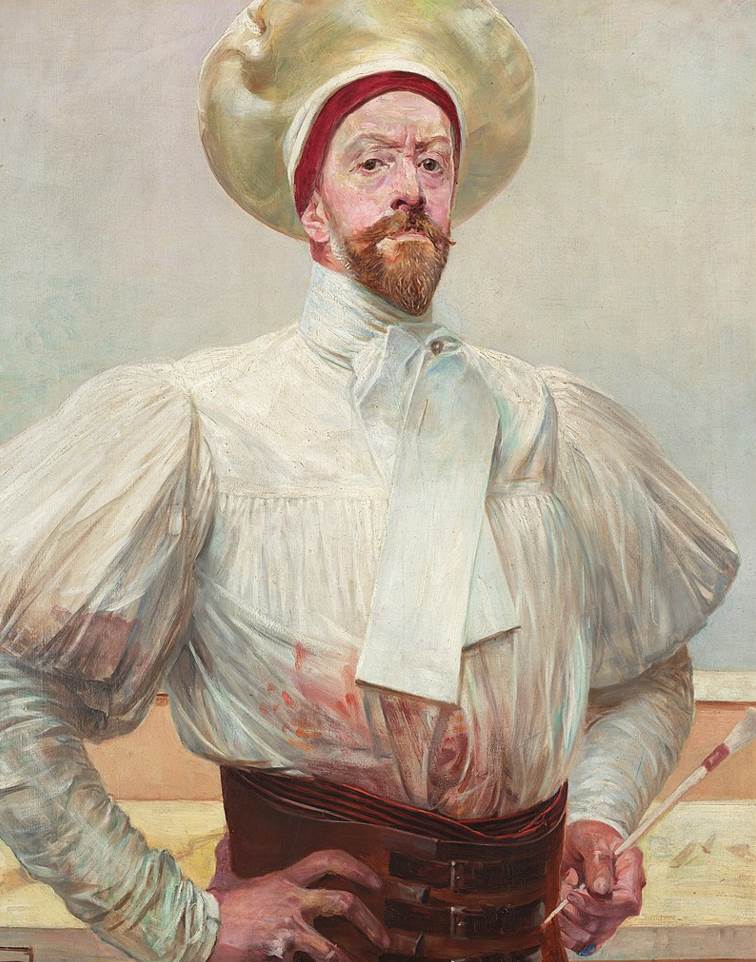
7. Tamara de Lempicka
Tamara de Lempicka (1898-1980) was a Polish artist who was associated with the Art Deco movement. She studied art in Paris where she developed a radical technique that blended both Neoclassical and Cubist elements, two styles that usually don’t quite mix.
The reason why she integrated Neoclassical elements is that she was a great admirer of the paintings of Jean-Auguste-Dominique Ingres (1780-1867), one of the leading 19th-century Neoclassical artists. She moved to the United States when World War II broke out in 1939 and focused on painting celebrities.
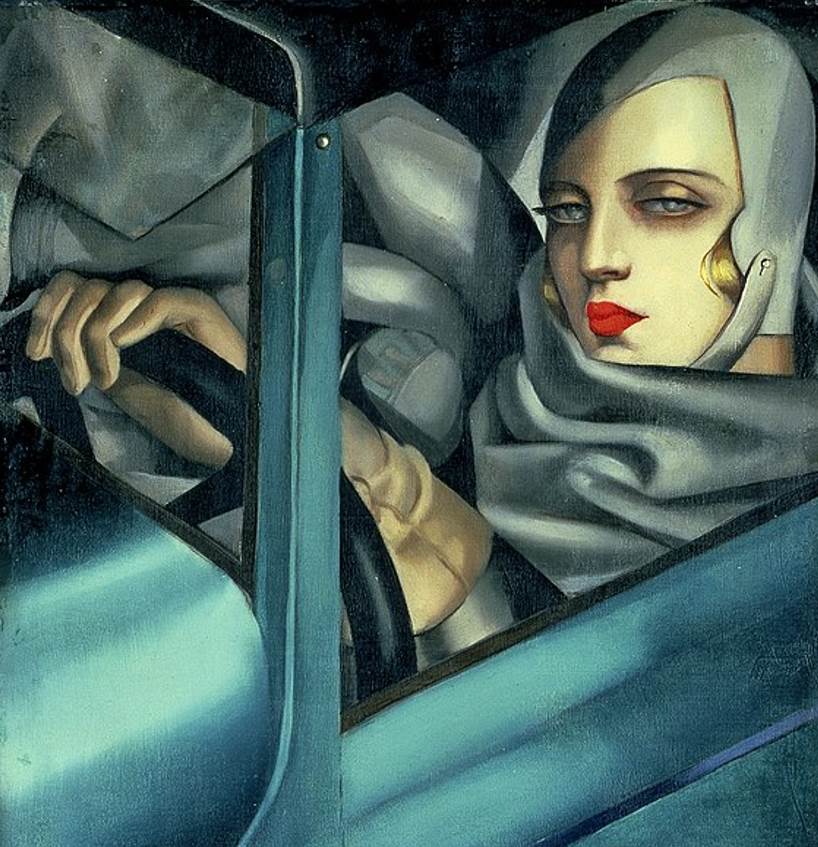
8. Zdzisław Beksiński
Zdzisław Beksiński (1929-2005) was a Polish painter who was also a renowned photographer and sculptor. He developed a unique style that mainly focused on fantastic depictions of a dystopian future. His main painting technique can be described as Surrealism.
His career is split into two periods because he later abandoned his dystopian ideas and focused on more abstract works of art. His doomsday-scenario paintings came back to haunt him because he was found dead with 17 stab wounds in his apartment back in 2005 for what appears to have been a trivial incident.
